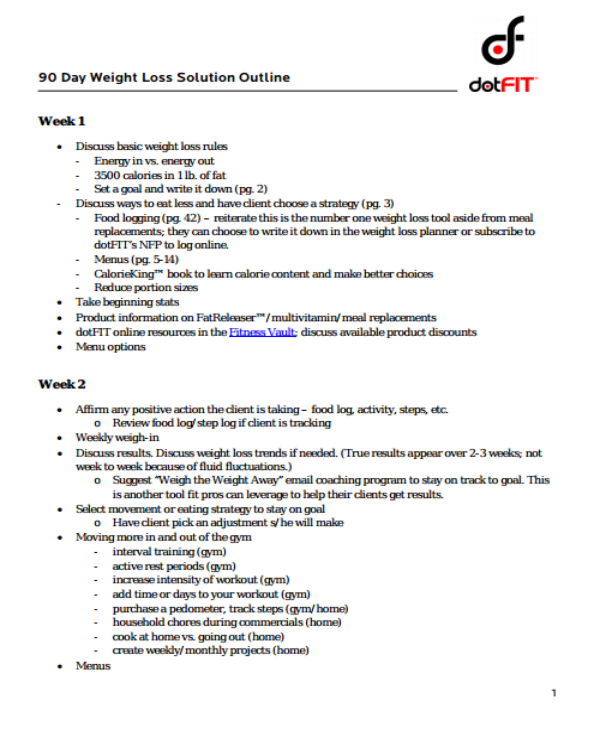

If desired you can add fuel and cargo and see how it affects the CG.Severe acute malnutrition (SAM) is caused by a significant imbalance between nutritional intake and individual needs. If you wish to see a graphical display of such limits, go to, select any aircraft, and when the aircraft page comes up, scroll down to the OPERATING ENVELOPES at the bottom of the page. Forward of that value would mean you'd burn more fuel, aft of the value you'd burn less fuel but would be starting to have undesirable effects that outweigh the fuel economy. An often used value for the optimum zero fuel weight target for best fuel economy is 26.6% MAC. Usually for transport category aircraft it's used to refer to the target zero fuel weight CG that produces the best fuel economy.Īs it happens, the range 13% MAC to 33% MAC are typical landing CG limits of 747s as well as the zero fuel, taxi and takeoff limits at low weights. Typically the term "optimum CG position" is used not for a range but for a given CG position that optimizes whatever you wish to optimize. Also, pitch control forces will be very low so you run the risk of damaging the aircraft with too large control inputs.Ī document said that the optimum CG position is from 13% MAC to 33% MAC.Ī possibly better phrasing of that statement is that the "allowable CG position is." or some such. If the CG is aft of the bigger number, your static stability is too small or the airplane might even be unstable. If the CG is forward of the smaller number, your control authority might not be sufficient, the pitch control forces will be too heavy for comfort and both your rotation speed and your stall speed go up. If the actual CG location falls within the range given by both numbers, you are safe to go.
DOC MAC WEIGHT LOSS HOW TO
The airplane manual should give an exact definition how to measure the correct CG location. All measure distances in their own coordinate system, positive backwards. This can be the actual MAC location of the wing, other aircraft use the leading edge of the wing root as the lengthwise zero point. Next, you need a location for this length unit. The % part just shows that this length is given as a percentage of the mean aerodynamic chord. This is not exactly the mathematic mean of the wings' chord, but a size which includes the damping effect of a pitching wing which scales with the square of its chord. Most jet pilots will set a specific takeoff pitch trim setting for takeoff based on %MAC so that if the pilot loses an engine after $V_1$ the trim will be set for a speed around $V_2$.Īs points out in his comment, it is the Mean Aerodynamic Chord of the wing. If this is the case, there is a specific pitch trim setting for each %MAC and airspeed combination. The same analysis can be made when the CG moves aft. We can increase the tail down force with nose up stabilizer trim. If the CG moves forward, Moment #1 gets larger and to compensate the tail down force must increase. These moments must equalize for the airplane to be in equilibrium. There is a moment between CG and CP and another moment between CP and tail down force. What may not be obvious is that we can use this formula in figuring out why %MAC is important. In the picture below, we can eyeball the %MAC to be around 10% MAC. If the CG is at the LEMAC, we can say it is at 0% MAC. %MAC is simply a calculation of how far the CG is from the LEMAC.

The same process happens for calculating TEMAC. As a result, aerodynamic engineers figure out where the average of the LEMAC by averaging the wing root and wing tip. For swept-wing aircraft it isn't that simple. It is simply the measurement from where the wing starts and ends from the datum. LEMAC and TEMAC are easy to calculate for straight wing aircraft.

There is also a trailing edge mean aerodynamic chord (TEMAC) that is calculated. Unfortunately, we need to change where the reference point is from the (datum) to the front of the wing called leading edge mean aerodynamic chord (LEMAC). Pilots, dispatchers or load masters will calculate the weight and balance with respect to the aircraft datum. All one has to do is to figure out the numbers and plug them into the formula. The calculations is rather straight forward and the generic formula is the same for all airplanes. %MAC (Percent Mean Aerodynamic Chord) is a mathematical calculation that shows where the center of gravity is over the wing.


 0 kommentar(er)
0 kommentar(er)
